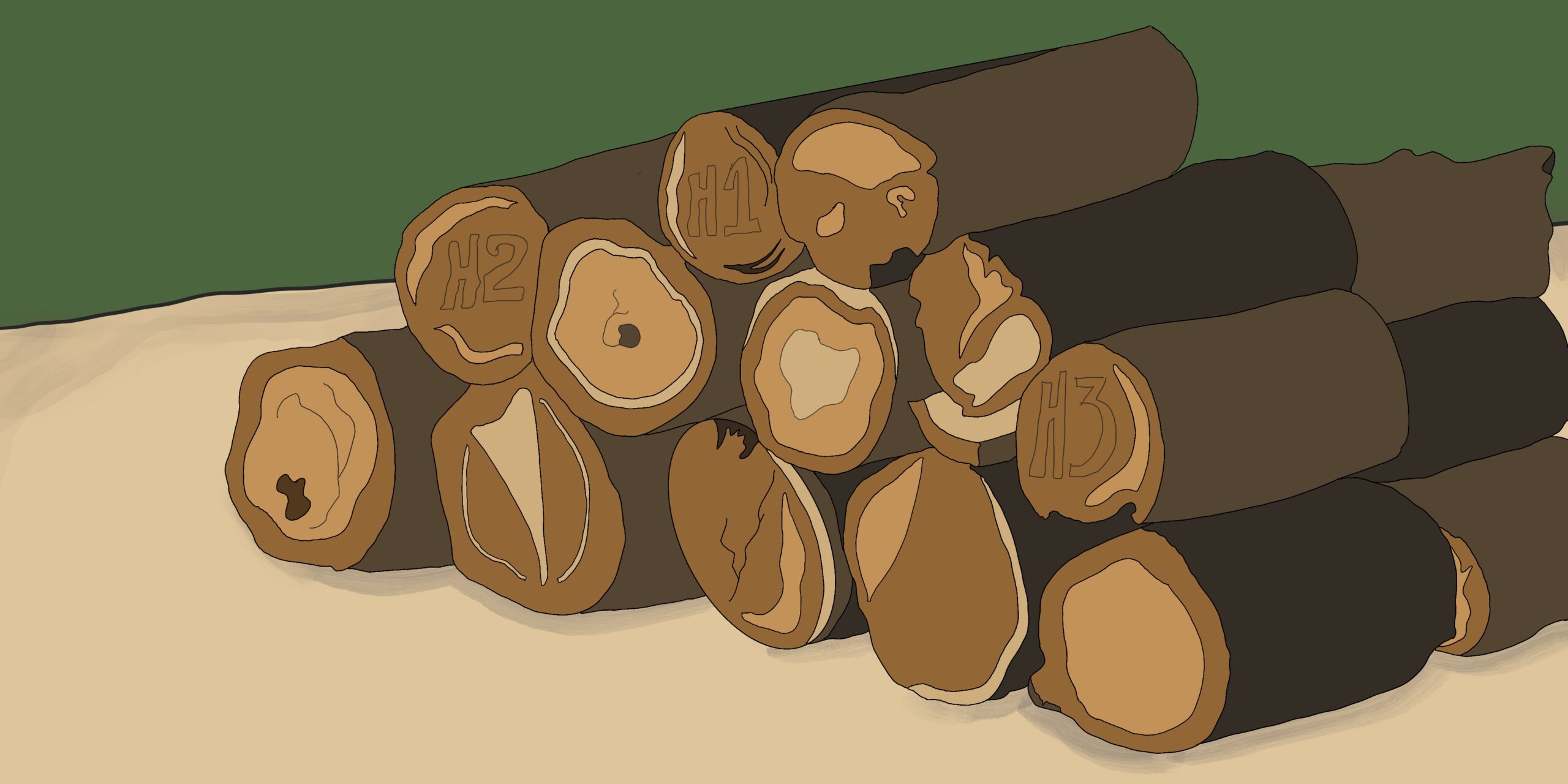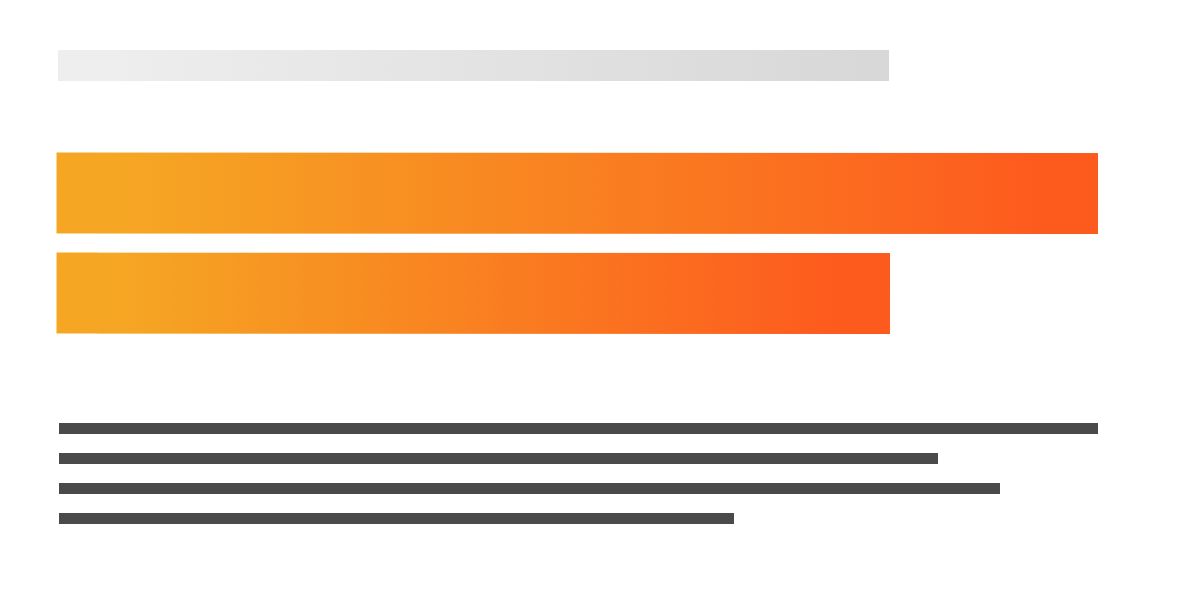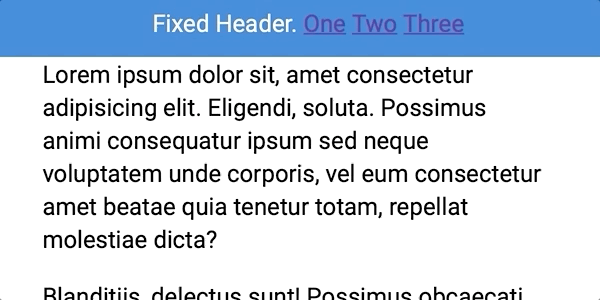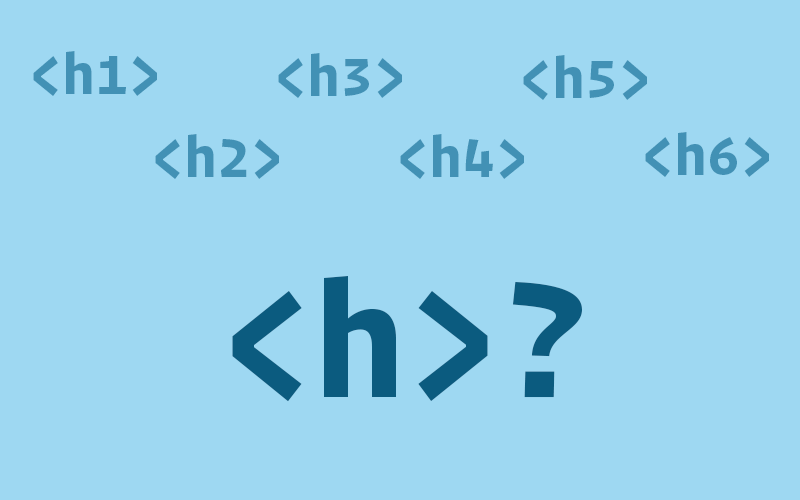Roundup of Recent Document Outline Chatter
It’s not everyday that HTML headings are the topic de jour, but my folder of saved links is accumulating articles about the recently merged removal of the document outline algorithm in the WHATWG Living Standard.
First off, you should know …





